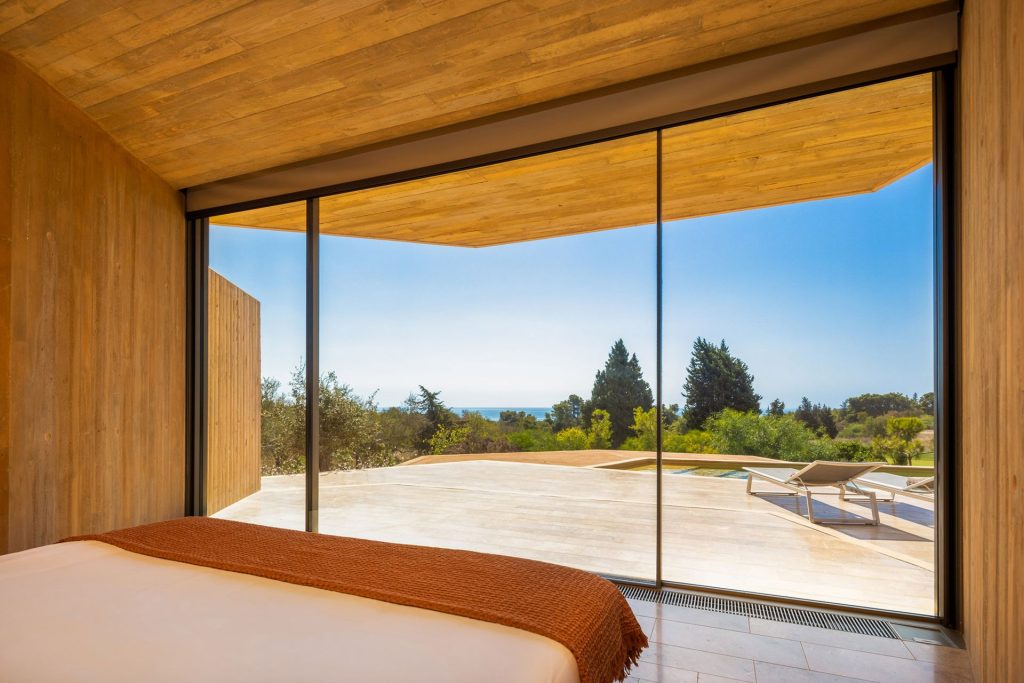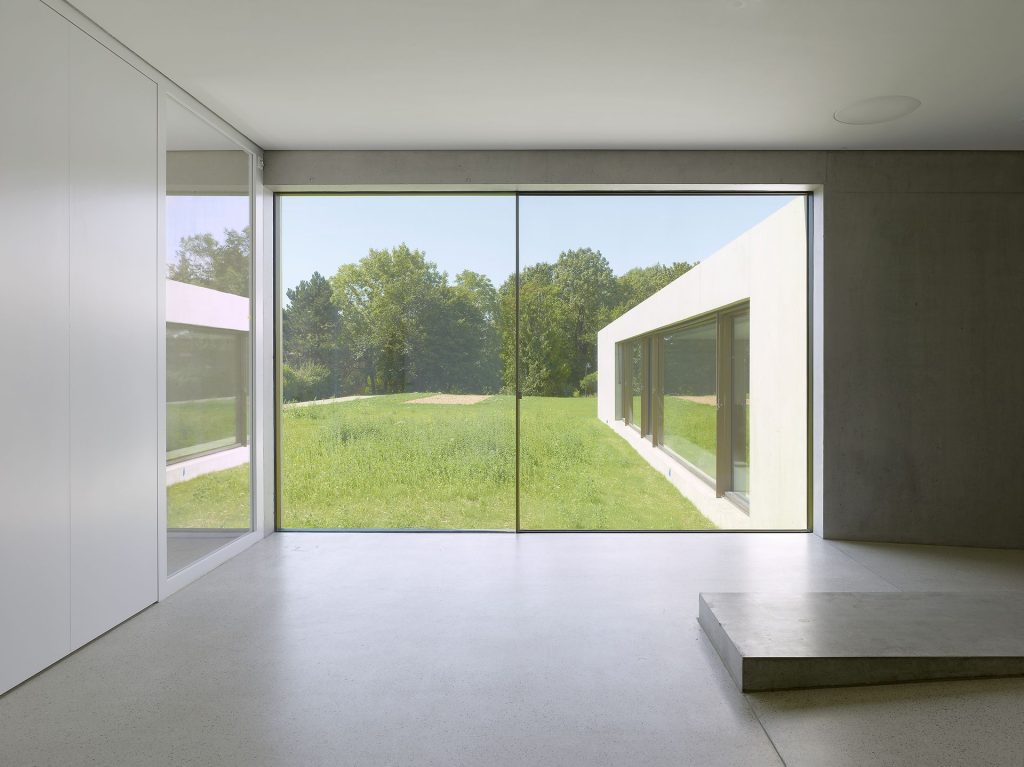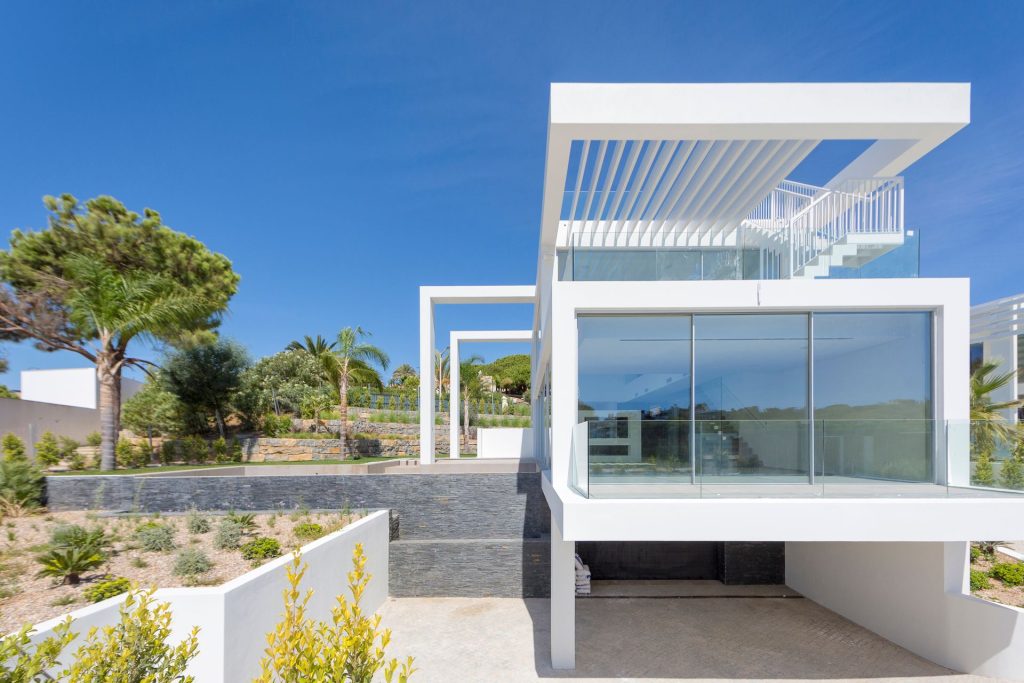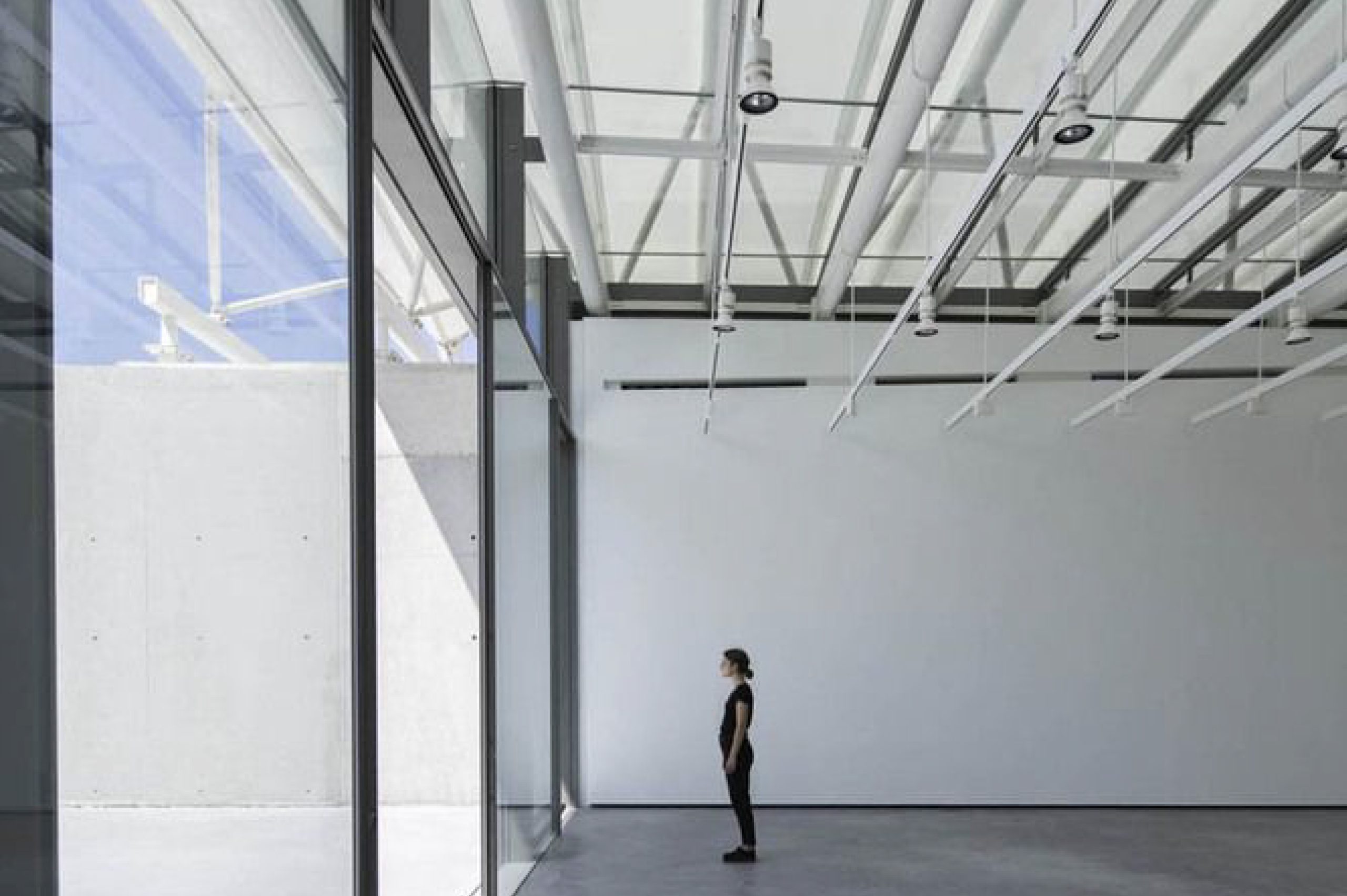In contemporary architecture, the pursuit of sleek and minimalist design has paved the way for innovative solutions that harmonize form and function seamlessly, redefining the concept of structural elegance and offering a captivating experience for both architects and occupants alike.
At the heart of the brilliance lies the concept of “Minimal Windows,” which signifies a design approach that embraces simplicity, clean lines, and maximized glass areas. The aim is to create an unobtrusive and fluid connection between the interior and the exterior, blurring the boundaries and inviting natural light to dance freely across spaces.

palmares ocean living | rcr arquitects
One of the defining features of OTIIMA Minimal Windows is its structural integrity. The system is engineered to uphold the highest standards of stability and robustness while boasting an impressively slender frame. This allows for the application of vast expanses of glass, turning walls into art pieces and transforming living spaces into immersive panoramas.
The structural prowess of Minimal Windows is exemplified in its ability to support large glass panels with minimal visual obstruction. The result is a breathtakingly transparent and light-filled space that fosters a sense of openness and connectivity with the outdoors. Occupants are treated to uninterrupted views of the surrounding landscape, embracing the beauty of nature in all its splendor.

public school m | pierra-alain dupraz architect | © thomas jantscher
Beyond its aesthetic appeal, the structural ingenuity of Minimal Windows also delivers exceptional thermal performance. These windows are engineered to provide excellent insulation, effectively sealing off the indoor environment from external temperature fluctuations. This not only enhances comfort but also contributes to energy efficiency, reducing reliance on artificial heating and cooling systems.
As with any OTIIMA product, customization is at the heart of the Minimal Windows system. The flexibility to tailor the dimensions and finishes to suit individual project requirements empowers architects and designers to unleash their creativity fully. Whether it’s a minimalist urban residence, a cutting-edge commercial space, or an awe-inspiring institutional building, OTIIMA Minimal Windows can be seamlessly integrated into the architectural vision.

dunas douradas | jutta hoehn | © shaun fisher
In conclusion, OTIIMA Minimal Windows stand as a testament to the power of structural ingenuity and minimalist design. They exemplify the perfect union of form and function, enriching living and working spaces with natural light, transparency, and unparalleled elegance. As the world of architecture continues to evolve, OTIIMA Minimal Windows remain an iconic symbol of innovation and beauty, creating spaces that transcend the ordinary and embrace the extraordinary.
